Edouard Manet (1832-1883)
Get a Manet Certificate of Authenticity for your painting or a COA for your Manet drawing or sculpture.
For all your Manet artworks you need a Certificate of Authenticity in order to sell, to insure or to donate for a tax deduction.
How to get a Manet Certificate of Authenticity is easy. Just send us photos and dimensions and tell us what you know about the origin or history of your Manet painting, drawing or sculpture.
If you want to sell your Manet painting, drawing or sculpture use our selling services. We offer Manet selling help, selling advice, private treaty sales and full brokerage.
We have been authenticating Manet and issuing certificates of authenticity since 2002. We are recognized Manet experts and Manet certified appraisers. We issue COAs and appraisals for all Manet artworks.
Our Manet paintings, drawings and sculptures authentications are accepted and respected worldwide.
Each COA is backed by in-depth research and analysis authentication reports.
The Manetcertificates of authenticity we issue are based on solid, reliable and fully referenced art investigations, authentication research, analytical work and forensicstudies.
We are available to examine your Manet painting, drawing or sculpture anywhere in the world.
You will generally receive your certificates of authenticity and authentication report within two weeks. Some complicated cases with difficult to research Manet paintings, drawings or sculpture take longer.
Our clients include Manet collectors, investors, tax authorities, insurance adjusters, appraisers, valuers, auctioneers, Federal agencies and many law firms.
We perform Edouard Manet art authentication, appraisal, certificates of authenticity (COA), analysis, research, scientific tests, full art authentications. We will help you sell your Edouard Manet or we will sell it for you.
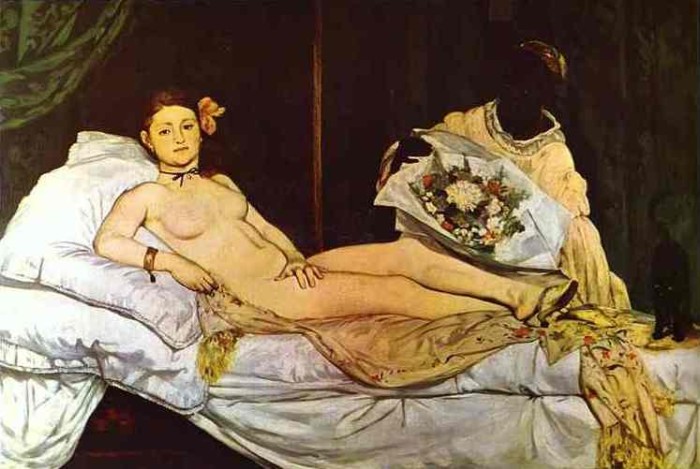
Edouard Manet was born into the bourgeois class to noble Parisian parents. Manet was taught how to draw as a young boy by his uncle, and later on studied at College Rollin. After a failed attempt at being a naval sailor, Manet decided to try his hand at painting.
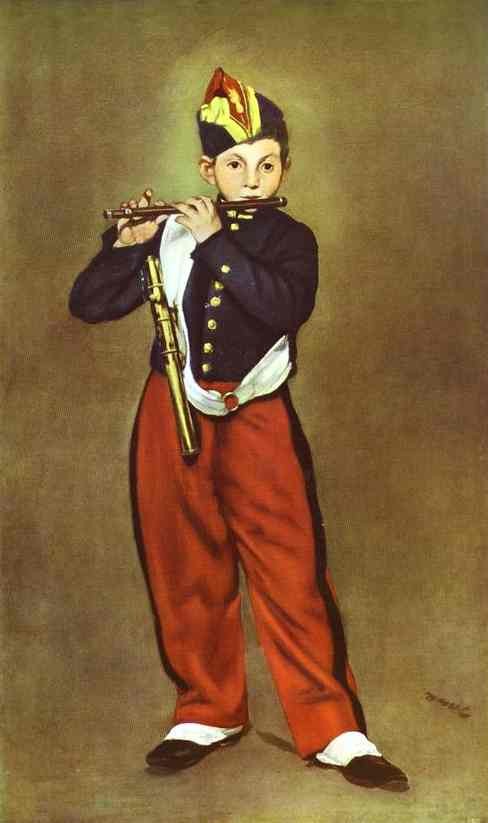
Though claiming not to be a radical artist or a bohemian, Manet was considered a leader in experimental art. His work reflected life in Paris and the people who lived there, and echoed the changes in society that were happening at that time. It was the work of Manet that helped to make a transition in the art world from Realism to Impressionism.
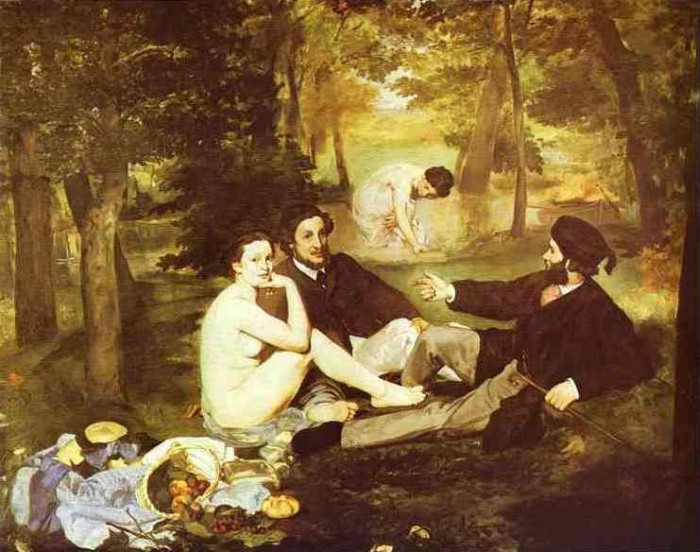
While Manet studied the Old Masters in Italy and Germany, it was the works of Velasquez and Goya that truly influenced him. Manet went on to create his own style of Contemporary Realism. Even though he was often in the company of Impressionists, he had no designs to join their group, and was annoyed when critics confused him with Monet. Manet fulfilled his wish of not wanting to be grouped together with the Impressionists, for no known work to this day of his can truly be described as “Impressionist.”
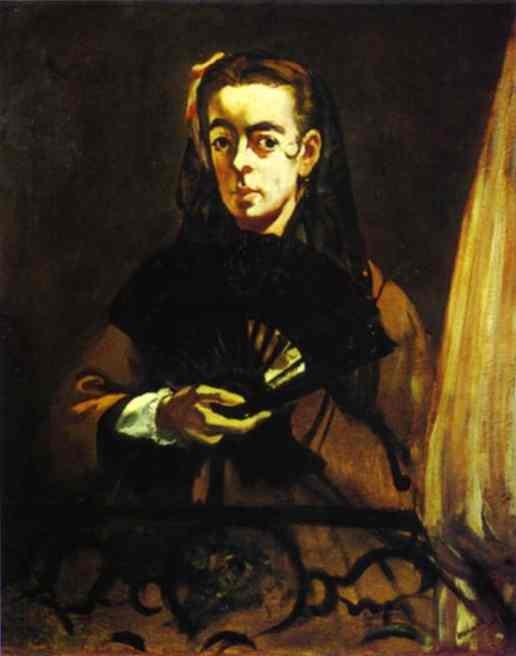
One way to spot a Manet is to study the subjects in the painting. Though from the bourgeois class, Manet chose to depict less savory members of society; prostitutes, beggars and substance abusers. His work reflected modern day life and was almost always controversial. While Manet liked to stress that he was no radical, his subject matter proved to be otherwise. Manet pushed the boundaries of society with his famous paintings “Olympia” (housed at the Louvre) and “Le Dejeuner Sur l’herbe” both painted in 1863. In both of these paintings, a nude woman is in the company of clothed people and critics and society found this to be shocking. In fact, “Olympia” was inspired by Titians classical work “Venus of Urbino” (1538). A scandal erupted from Manets’ contemporary take on a masters’ classic. In the eyes of the art world at the time, the subject matter of Paris’s less fortunate was not deemed worthy of “high art”.
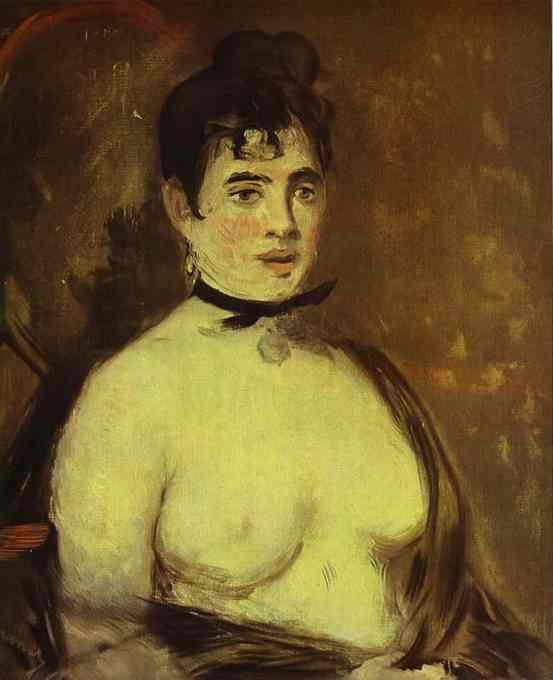
Manet received much criticism for depicting Paris’s “indigents” in the way of the old masters. However, one only has to look at his work to notice that he often distanced himself from his subjects. The paintings, from his point of view, are that of an outsider. This may be stemmed from his bourgeois upbringing, and is certainly another way of translating a Manet in question.

While the majority of Manet’s work surrounds Parisian life, he also did a number of seascapes from 1864-1881. While his color palate is more vibrant than his contemporary, Claude Monet, their seascapes bear striking resemblance to each other. Much like other artists of the time, Manet’s studio was ransacked during the Franco-Prussian war. This leaves a possibility that there is some missing Manet work from the spring of 1871, partially done or otherwise, hanging on someone’s wall or tucked away in a basement.
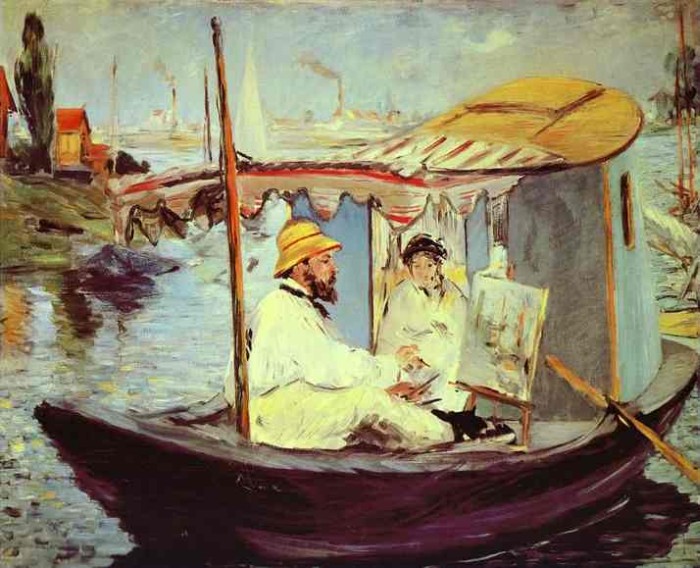
Manet may have other lost work due to his apparent inability to handle criticism. In 1864, Manet exhibited a large oil painting called “The Incident of a Bullfight” which was scoffed at and panned.

Frustrated, Manet cut up his canvas and reworked the pieces into smaller individual paintings. The result was his famous painting “The Dead Toreador” as well as the lesser known “The Bullfight”. It is said that Manet left no record of the original “Incident” piece, and apparently threw out the rejected parts of his canvas. Could Manet have done the same thing with other paintings? This leaves a very wide possibility for partial works to be unknown and in existence. These works may also be unsigned and unframed if they were simply extra pieces of a rejected work.

Manet also did illustrations for books, such as “Les Chats” by Champfleury. In 1875, Manet collaborated with Edgar Allen Poe and did five etchings for the French translated edition of his poem “The Raven”. Only 240 copies of this text, “Le Corbeau” were ever produced, and did not sell well. To find an original copy of this book, or the poster or lithographs that were made in conjunction with the books would be a rare find.

Though disliked through much of his career, an original Manet would market in the millions of dollars today. Still wondering about a painting in your family collection? Contact us…it could be by Edouard Manet.
Reviews
1,217 global ratings
5 Star
4 Star
3 Star
2 Star
1 Star
Your evaluation is very important to us. Thank you.
